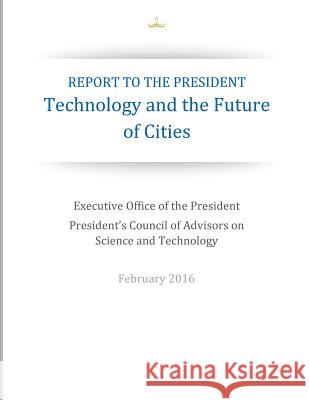Report to the President: Technology and the Future of Cities » książka
Report to the President: Technology and the Future of Cities
ISBN-13: 9781530399802 / Angielski / Miękka / 2016 / 96 str.
Cities are beginning a new era of change. From 1920 to 2010 many U.S. cities "hollowed out" as suburbs grew faster than their urban cores. The trend started reversing in 2011 as Millennials and Baby Boomers looking for social connections and convenience settled in urban neighborhoods. Accompanying the resurgence of residential cities are complex and persistent urban challenges, including resilience against climate change and natural disasters. This report focuses on the technologies that shape some key infrastructures and economic activities, as opposed to those involved in delivering education, health care, or social services. As described in Chapter 2 of the report, technological advances promise to improve the environments in which people live and the services that city governments and companies offer. Cleaner energy technologies, new models of transportation, new kinds of water systems, building-construction innovation, low-water and soil-less agriculture, and clean and small-scale manufacturing are or will be available in the near future. These options, which are summarized in the Table of City Infrastructure Technologies, are evolving through private-sector commercialization and implementation plus university and National Laboratory research and development (R&D) in concert with city governments.
Zawartość książki może nie spełniać oczekiwań – reklamacje nie obejmują treści, która mogła nie być redakcyjnie ani merytorycznie opracowana.











